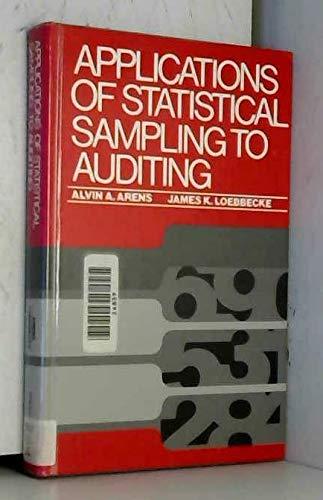Question
Question 1 The following information is for Obaapa Ltd's July production: Standards: Material: 3.0 feet per unit @ GH4.20 per foot, Labour: 2.5 hours per
Question 1
The following information is for Obaapa Ltd's July production: Standards: Material: 3.0 feet per unit @ GH4.20 per foot, Labour: 2.5 hours per unit @ GH7.50 per hour. Actual: Production: 2,750 units produced during the month, Material: 8,700 feet used; 9,000 feet purchased @ GH4.50 per foot, Labor: 7,000 direct labour hours @ GH7.90 per hour. Determine the total material cost and total labour cost variance, separating them into their corresponding price and quantity variances. show all workings clearly
Question 2
Akyede Groups of Companies uses a standard cost system for its production process and applies overhead based on direct labour hours. The following information is available for May when Akyede produced 4,500 units: Standard: Direct labour hour per unit - 2.50, Variable overhead per direct labour hour - GH1.75, the fixed overhead per direct labour hour - GH3.10, Budgeted variable overhead - GH21,875, Budgeted fixed overhead - GH38,750. Actual: Direct labour hours - 10,000, Variable overhead- GH26,250, Fixed overhead- GH38,000. Calculate the total variable overhead cost and total fixed overhead cost variance, indicating the respective spending or expenditure variance and efficiency (volume) variance.
Step by Step Solution
There are 3 Steps involved in it
Step: 1

Get Instant Access to Expert-Tailored Solutions
See step-by-step solutions with expert insights and AI powered tools for academic success
Step: 2

Step: 3

Ace Your Homework with AI
Get the answers you need in no time with our AI-driven, step-by-step assistance
Get Started


